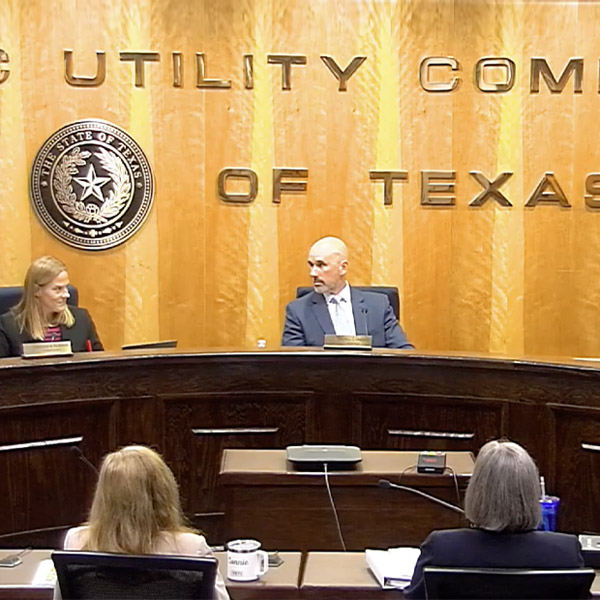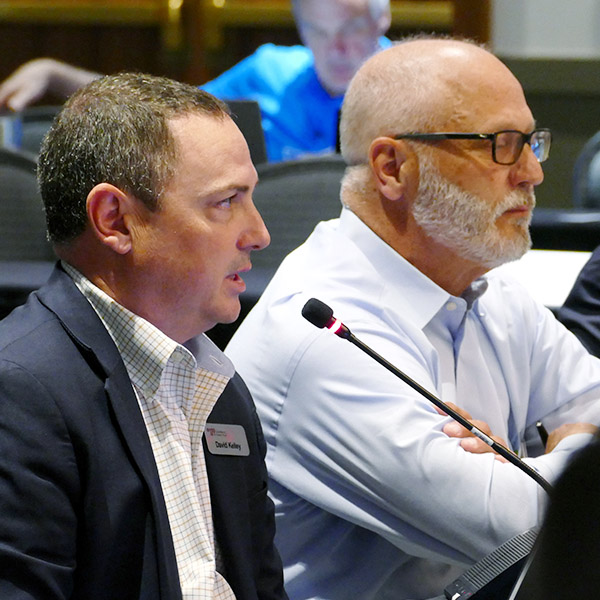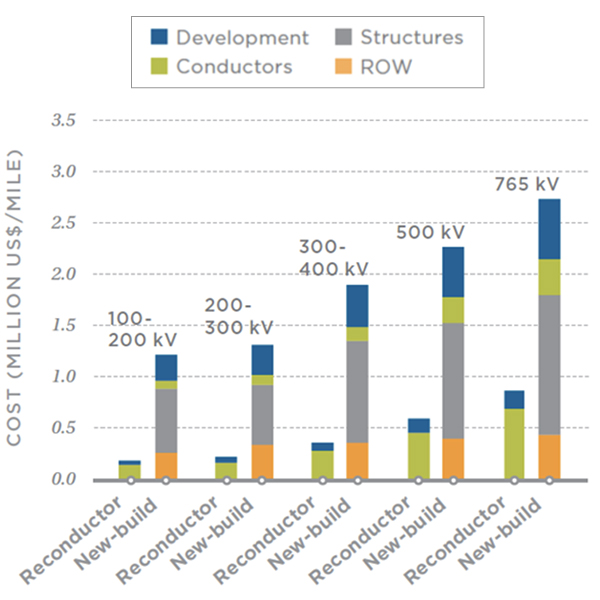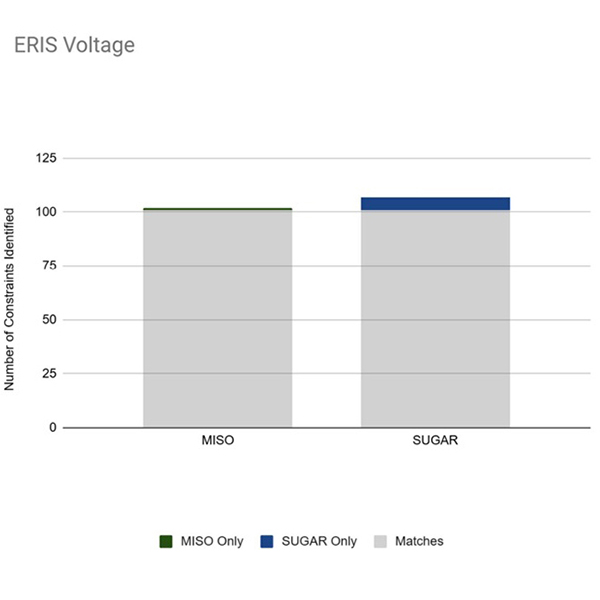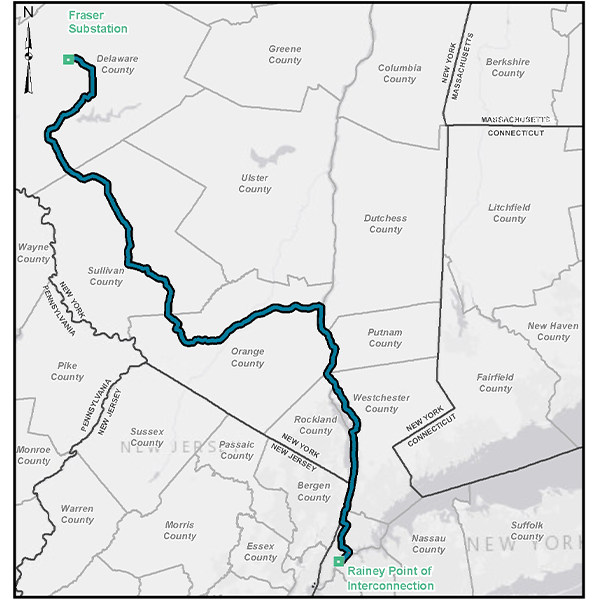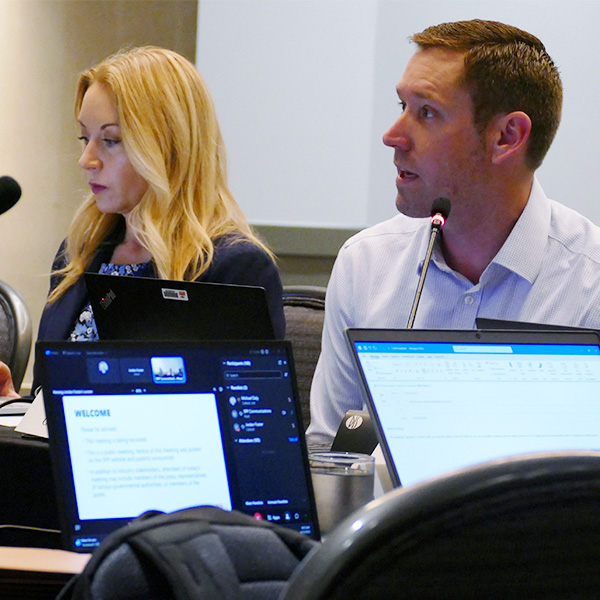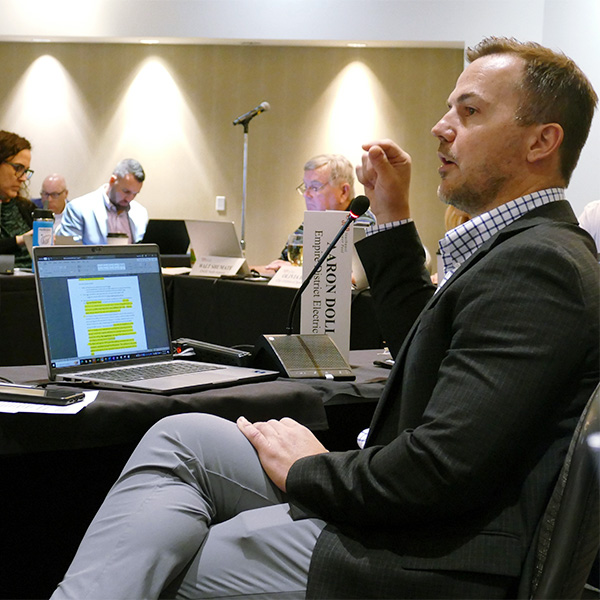Transmission Planning
The Texas Public Utility Commission approved a plan that allows ERCOT to authorize the region’s first extra-high-voltage transmission lines and meet the petroleum-rich Permian Basin’s rapidly growing power needs.
SPP staff have opened a discussion with stakeholders into affordability and the grid operator’s proposed region-wide approach to improve decision-making and keep affordability as a key focus.
A collective of consumer groups has invoked a recent letter from the U.S. Department of Justice in an attempt to get FERC to act on its three-year-old complaint against MISO deferring to state right of first refusal laws in regional planning.
The Maine PUC is seeking feedback and indications of interest for a procurement of generation and transmission capacity to connect at least 1,200 MW of clean energy in Northern Maine to ISO-NE.
ACORE released a report arguing that transmission planners need to take advantage of advanced technologies and can do so as they implement FERC Order 1920.
MISO concluded that Pearl Street’s SUGAR automation software is an effective alternative to the power flow simulations it used to conduct to identify network upgrades for generation projects in the queue.
Stakeholders and advocates are sounding off for and against expedited review of the $5 billion-plus Clean Path transmission proposal that would feed power into New York City.
MISO and PJM will not take on customary interregional planning studies this year, deciding they have enough on their plates with a new and in-progress joint transfer study.
SPP's Markets and Operations Policy Committee has endorsed the last of 21 recommendations made by a task force that reviewed the RTO's transmission and market operations last decade.
SPP stakeholders approved a tariff revision that creates a one-time study outside the grid operator’s normal planning process, helping load-responsible entities meet their resource adequacy requirement.
Want more? Advanced Search
